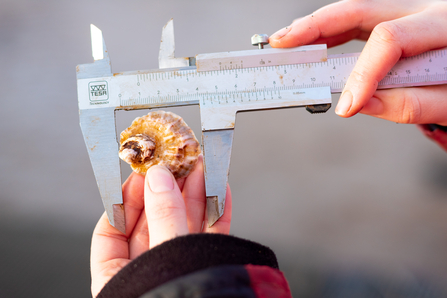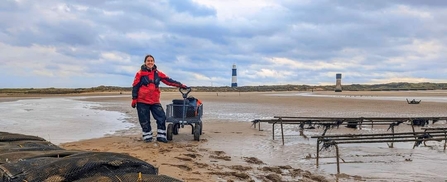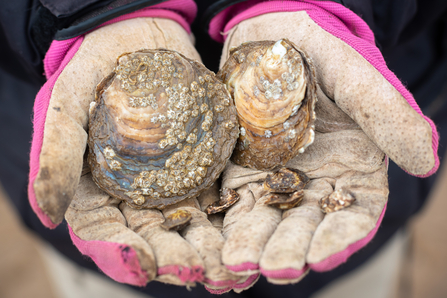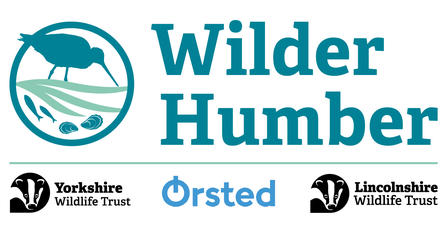Headlines
- Oysters are a keystone species which provide a wide range of ecosystem benefits.
- Wilder Humber aims to reintroduce 500,000 native oysters to the Humber estuary over 5 years.
- Wilder Humber is trialling the reintroduction of oysters via the remote setting method—the first use of this method for native oysters by a restoration project in the UK.
- Remote setting is a technique for settling oyster spat from larvae in the field with potential benefits for future native oyster restoration efforts in the UK and Europe.
- Wilder Humber is working in collaboration with The Nature Conservancy and The Oyster Restoration Company to carry out remote setting and reintroduce native oysters.
The Humber estuary was once home to a thriving population of European flat oysters. Past records indicate one such oyster reef was estimated to cover over 300 acres of the foreshore, meaning large amounts of oysters could be seen at low tide from the seafront. However, historical overfishing, poor water quality and disease decimated these once-abundant reefs. Today, the once-mighty native oyster populations along UK coasts are fragmented and depleted, too isolated to naturally recover.
The restoration and preservation of oyster reefs are vital for maintaining healthy, resilient marine and estuarine ecosystems. Oyster reefs play a crucial role in supporting the marine environment, offering a range of significant benefits. The oysters themselves act as powerful water filters, helping to maintain cleaner seas by improving water clarity and reducing excess nutrients.
Additionally, as oyster reefs establish they create essential nursery habitats, providing shelter and breeding grounds for a wide variety of marine species. Beyond their support for wildlife, oysters reefs benefit coastal communities by serving as living breakwaters, reducing wave energy, stabilising sediments and helping to protect coastlines from erosion.





